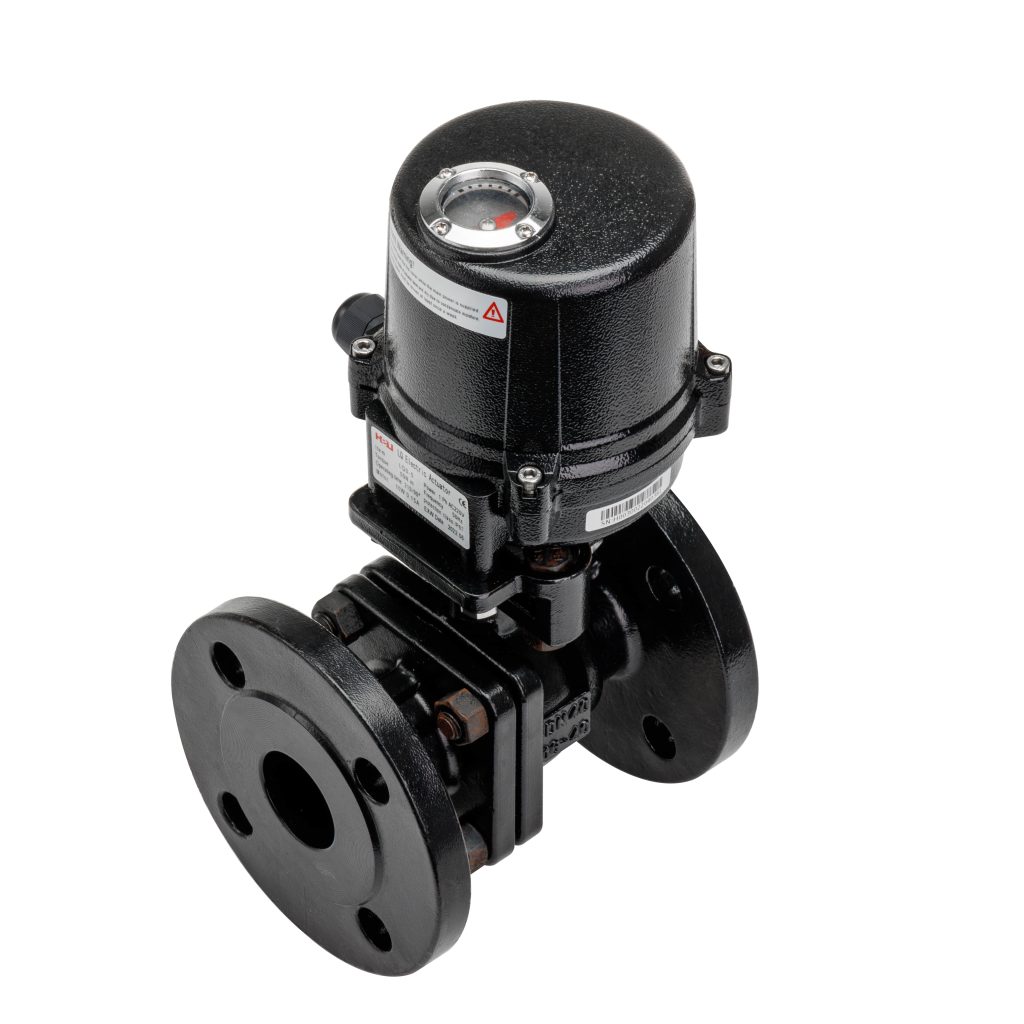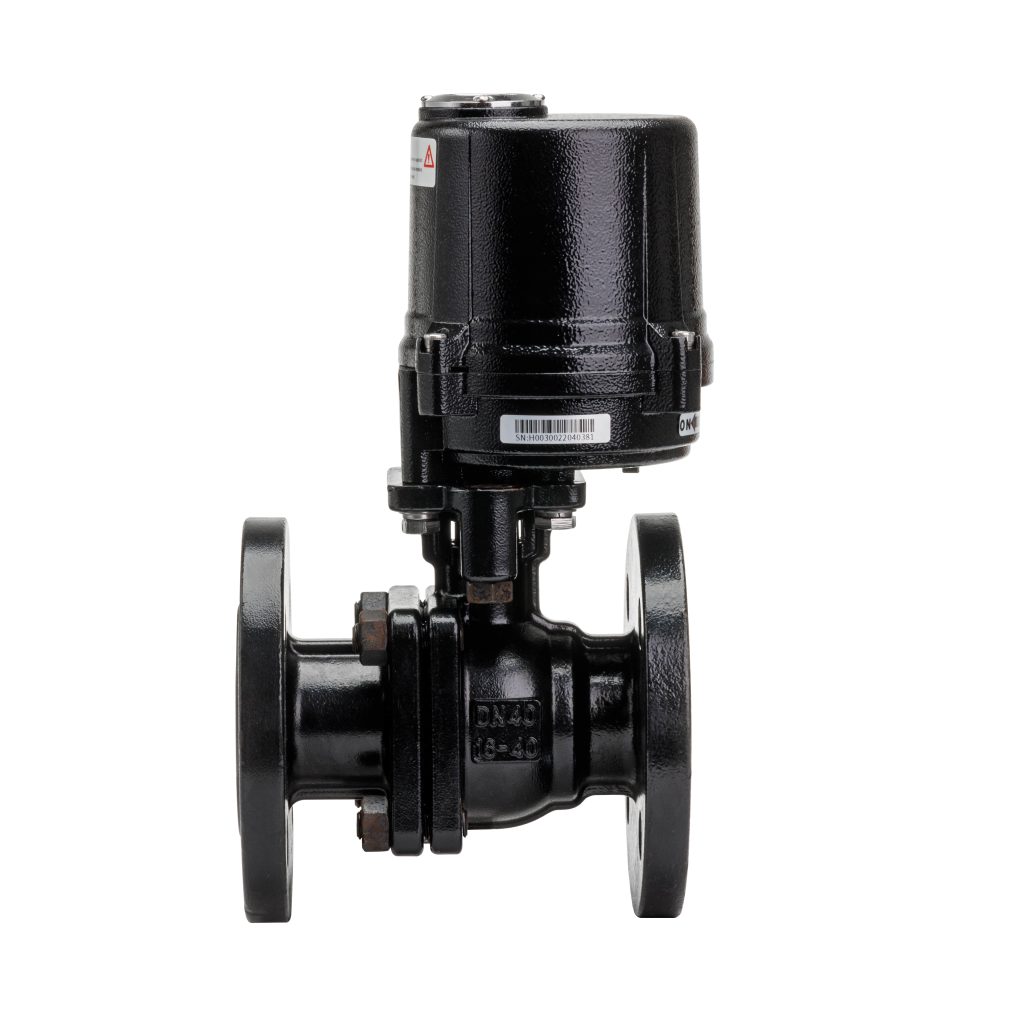Electric high temperature ball valves are integral components in various industrial sectors, where temperature control, precision, and durability are crucial. These valves are designed to handle extreme temperature conditions while providing a reliable, automated means of regulating fluid flow. Their efficiency, precision, and adaptability make them indispensable in industries such as oil and gas, chemical processing, power generation, and other high-temperature applications. This article explores the essential features, applications, advantages, and considerations of electric high temperature ball valves.

Understanding Electric High Temperature Ball Valves

An electric high temperature ball valve is a type of valve that combines the functionality of a ball valve with an electric actuator to provide automated control over the flow of liquids or gases in a system. The ball valve mechanism uses a rotating ball with a hole in the middle, which allows or obstructs the flow of materials depending on the position of the ball. When paired with an electric actuator, the valve can be controlled remotely or automatically based on system requirements, eliminating the need for manual operation. What sets high-temperature ball valves apart from standard models is their ability to withstand elevated temperatures, often exceeding 200°C (392°F). This makes them ideal for use in environments where conventional valves would fail, such as high-heat industrial processes. Electric actuators further enhance the versatility of these valves, allowing them to be integrated into automated control systems for seamless operations.
